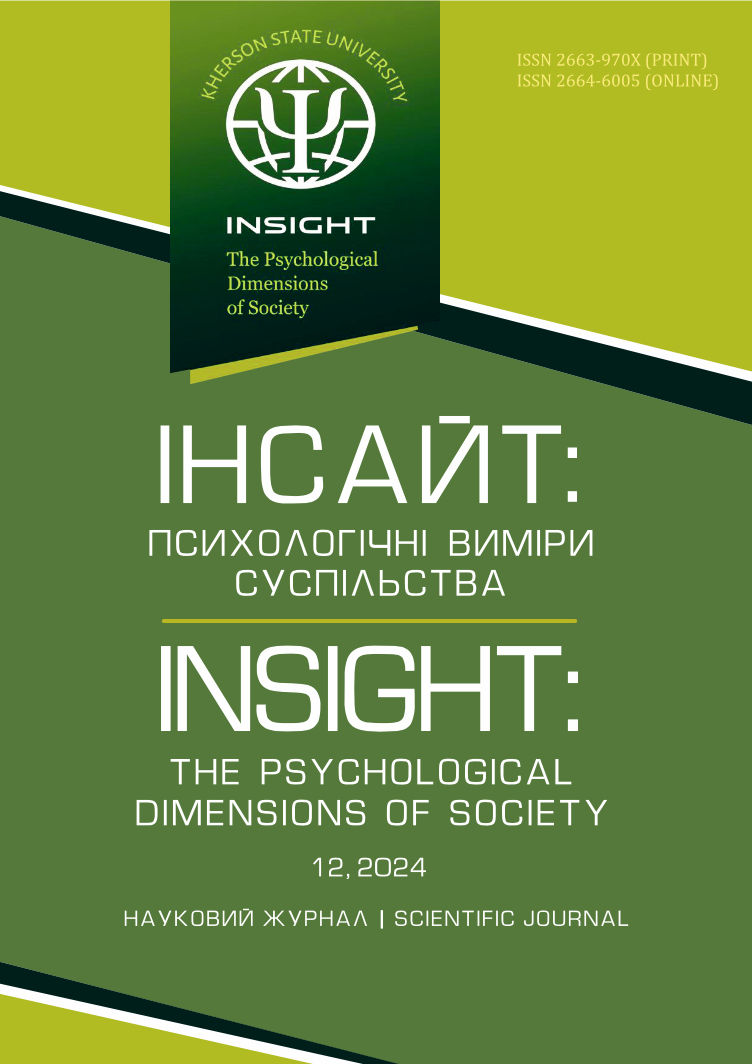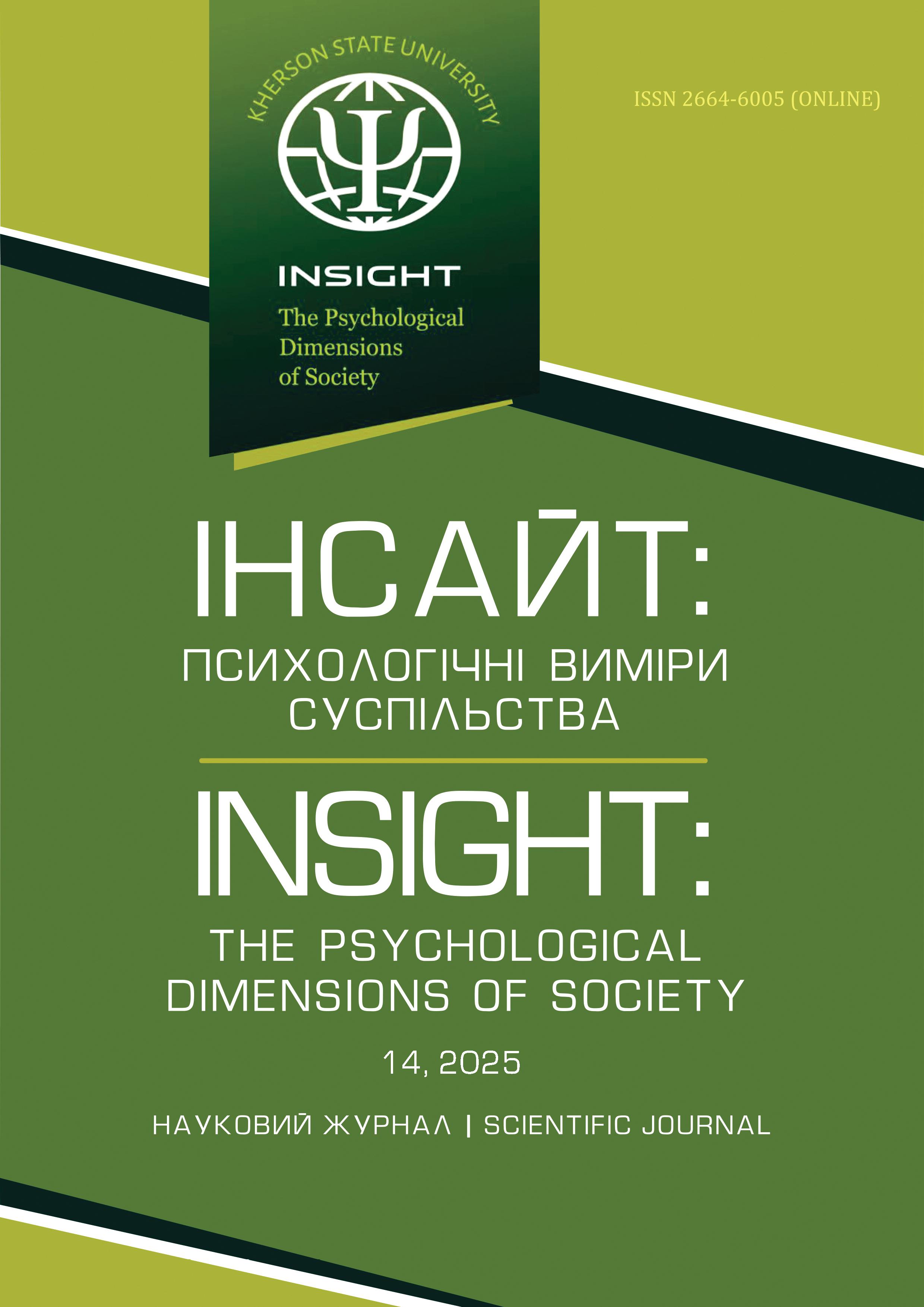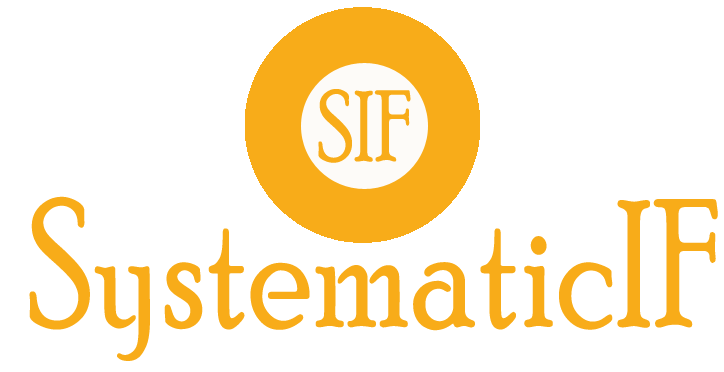Coping Styles and Self-Regulation Abilities as Predictors of Anxiety
Abstract
This study aims to determine whether coping mechanisms and self-regulation abilities are predictors of trait (T-Anxiety) and state anxiety (S-Anxiety). Method: Data collection was conducted on a student sample (N = 302), who completed the State-Trait Anxiety Inventory (STAI), the Meta-worry Questionnaire (MWQ), the Metacognition Questionnaire-30 (MCQ-30), the Multi-Modal Coping Inventory (MMCI), the Ways of Coping Questionnaire (WCQ) and the Action Control Scale (ACS-90). Correlations and hierarchical multiple regression analyses were conducted. Results. It was found that the coping strategies determined on the basis of the BASIC Ph model are the strongest predictors of T-Anxiety and S-Anxiety, explaining 39.6% and 25.0% of the variance, respectively. Coping strategies determined by the WCQ were also statistically significant predictors of T-Anxiety and S-Anxiety, explaining 12.1% and 9.9% of the variance, respectively. Self-regulation abilities were identified as significant predictors of T-Anxiety and S-Anxiety, explaining 5.3% and 2.2% of the variance, respectively. Discussion and Conclusions. The research proves the existence of a relationship between a set of variables, such as coping strategies and self-regulation abilities, which are predictors and cause changes in T-Anxiety and S-Anxiety. Іt was established that coping strategies self-regulation abilities are predictors of T-Anxiety and S-Anxiety. Specifically, the use of Belief as a coping style was found to decrease T-Anxiety and S-Anxiety. In contrast, the use of Affect and Imagination as coping styles caused an increase in T-Anxiety, and the use of Imagination as a coping style increased S-Anxiety. In addition, it was established that the use of such a coping strategy as acceptance of responsibility and escape-avoidance increases T-Anxiety. In contrast, the use of the coping strategy of problem-solving planning predicts a decrease in T-Anxiety and S-Anxiety. The obtained results also indicate that increasing self-regulation indicators with a prospective and decision-related action orientation vs. hesitation (AOD) predicts a decrease in T-Anxiety and S-Anxiety.
Downloads
References
Cartwright-Hatton S., Wells A. Beliefs about worry and intrusions: The meta-cognitions questionnaire and its correlates. Journal of Anxiety Disorders. 1997. Vol. 11(3). P. 279–296. https://doi.org/10.1016/s0887-6185(97)00011-x
Charlson F., van Ommeren M., Flaxman A., Cornett J., Whiteford H., Saxena S. New WHO prevalence estimates of mental disorders in conflict settings: a systematic review and meta-analysis. The Lancet. 2019. Vol. 394(10194). P. 240–248. https://doi.org/10.1016/s0140-6736(19)30934-1
Ciobanu I., Di Patrizio P., Baumann C., Schwan R., Vlamynck G., Bédès A., Clerc-Urmès I., Viennet S., Bourion-Bédès S. Relationships between coping, anxiety, depression and health-related quality of life in outpatients with substance use disorders: results of the SUBUSQOL study. Psychology, Health & Medicine. 2019. Vol. 25(2). P. 179–189. https://doi.org/10.1080/13548506.2019.1679847
Diefendorff J. M., Hall R. J., Lord R. G., Strean M. L. Action–state orientation: Construct validity of a revised measure and its relationship to work-related variables. Journal of Applied Psychology. 2000. Vol. 85(2). P. 250–263. https://doi.org/10.1037/0021-9010.85.2.250
Faramarzi M., Pasha H., Esmaelzadeh S., Jorsarai G., Mir M. R., Abedi S. Is coping strategies predictor of anxiety and depression in couple infertile? Health. 2013. Vol. 05(03). P. 643–649. https://doi.org/10.4236/health.2013.53a085
Folkman S., Lazarus R. S. Coping as a mediator of emotion. Journal of Personality and Social Psychology. 1988. Vol. 54(3). P. 466–475. https://doi.org/10.1037/0022-3514.54.3.466
Garbóczy S., Szemán-Nagy A., Ahmad M. S., Harsányi S., Ocsenás D., Rekenyi V., Al-Tammemi A. B., Kolozsvári L. R. Health anxiety, perceived stress, and coping styles in the shadow of the COVID-19. BMC Psychology. 2021. Vol. 9(1). https://doi.org/10.1186/s40359-021-00560-3
Garnefski N., Kraaij V., Spinhoven P. Negative life events, cognitive emotion regulation and emotional problems. Personality and Individual Differences. 2001. Vol. 30(8). P. 1311–1327. https://doi.org/10.1016/s0191-8869(00)00113-6
Garnefski N., Legerstee J., Kraaij V., Kommer T. van den, Teerds J. Cognitive coping strategies and symptoms of depression and anxiety: a comparison between adolescents and adults. Journal of Adolescence. 2002. Vol. 25(6). P. 603–611. https://doi.org/10.1006/jado.2002.0507
Kuhl J. Volitional mediators of cognition-behavior consistency: Self-regulatory processes and action versus State orientation. Action Control. 1985. Р. 101–128. https://doi.org/10.1007/978-3-642-69746-3_6
Kuhl J. Action versus state orientation: Psychometric properties of the action control scale (ACS-90). In J. Kuhl & J. Beckmann (Eds.), Volition and personality: Action versus state orientation (pp. 47–59). Seattle, WA: Hogrefe & Huber. 1994.
Lahad M. From victim to victor: The development of the BASIC Ph model of coping and resiliency. Traumatology. 2017. Vol. 23(1). P. 27–34. https://doi.org/10.1037/trm0000105
Lahad M., Shacham M., Ayalon O. (2013). The “BASIC Ph” model of coping and resiliency: Theory, research and cross-cultural application. Jessica Kingsley Publishers.
Landman A., Nieuwenhuys A., Oudejans R. R. D. Decision-related action orientation predicts police officers’ shooting performance under pressure. Anxiety, Stress, & Coping. 2015. Vol. 29(5). P. 570–579. https://doi.org/10.1080/10615806.2015.1070834
Leal P. C., Goes T. C., da Silva L. C., Teixeira-Silva F. Trait vs. state anxiety in different threatening situations. Trends in Psychiatry and Psychotherapy. 2017. Vol. 39(3). P. 147–157. https://doi.org/10.1590/2237-6089-2016-0044
Lutz J., Mashal N., Kramer A., Suresh M., Gould C., Jordan J. T., Wetherell J. L., Beaudreau S. A. A case report of problem solving therapy for reducing suicide risk in older adults with anxiety disorders. Clinical Gerontologist. 2019. Vol. 43(1). P. 110–117. https://doi.org/10.1080/07317115.2019.1617378
Mundia L. How Brunei trainee teachers cope with distress: counseling implications. BMC Research Notes. 2017. Vol. 10(1). https://doi.org/10.1186/s13104-017-2922-0
Nwaogu J. M., Chan A. P. C. The impact of coping strategies and individual resilience on anxiety and depression among construction supervisors. Buildings. 2022. Vol. 12(12). P. 2148. https://doi.org/10.3390/buildings12122148
Ren L., Yang Z., Wang Y., Cui L.-B., Jin Y., Ma Z., Zhang Q., Wu Z., Wang H.-N., Yang, Q. The relations among worry, meta-worry, intolerance of uncertainty and attentional bias for threat in men at high risk for generalized anxiety disorder: a network analysis. BMC Psychiatry. 2020. Vol. 20(1). https://doi.org/10.1186/s12888-020-02849-w
Spielberger C. D., Gorsuch R. L., Lushene R., Vagg P. R., Jacobs G. A. Manual for the State-Trait Anxiety Inventory. Palo Alto, CA: Consulting Psychologists Press. 1983.
Ulko N. Development of internal resources of personality as a condition for overcoming crisis states in adult. Scientific Journal of Mykhailo Dragomanov State University of Ukraine. Series 12. Psychological Sciences., 2020. Vol. 22(67). P. 104–118. https://doi.org/10.31392/npu-nc.series12.2020.11(56).10
Authors who publish with scientific journal agree to the following terms:
• All scientific papers may be freely copied and distributed on any medium and in any format, provided that the references to the initial data of the scientific work are indicated.
• Authors retain copyright and grant the journal right of first publication with the work simultaneously licensed Creative Commons Attribution License .
• Authors are able to enter into separate, additional contractual arrangements for the non- exclusive distribution of the journal’s published version of the work (institutional repository, your website, monograph), with an acknowledgement of its initial publication in this journal.





































